Rawalpindi’s forgotten temples preserve a vanishing religious heritage
The decline of Rawalpindi’s temples reflects a combination of neglect, disputes and occasional conflicts.
Islamabad Desk
The Islamabad Desk reports on political affairs, policy decisions, and governance issues from Pakistan’s capital.
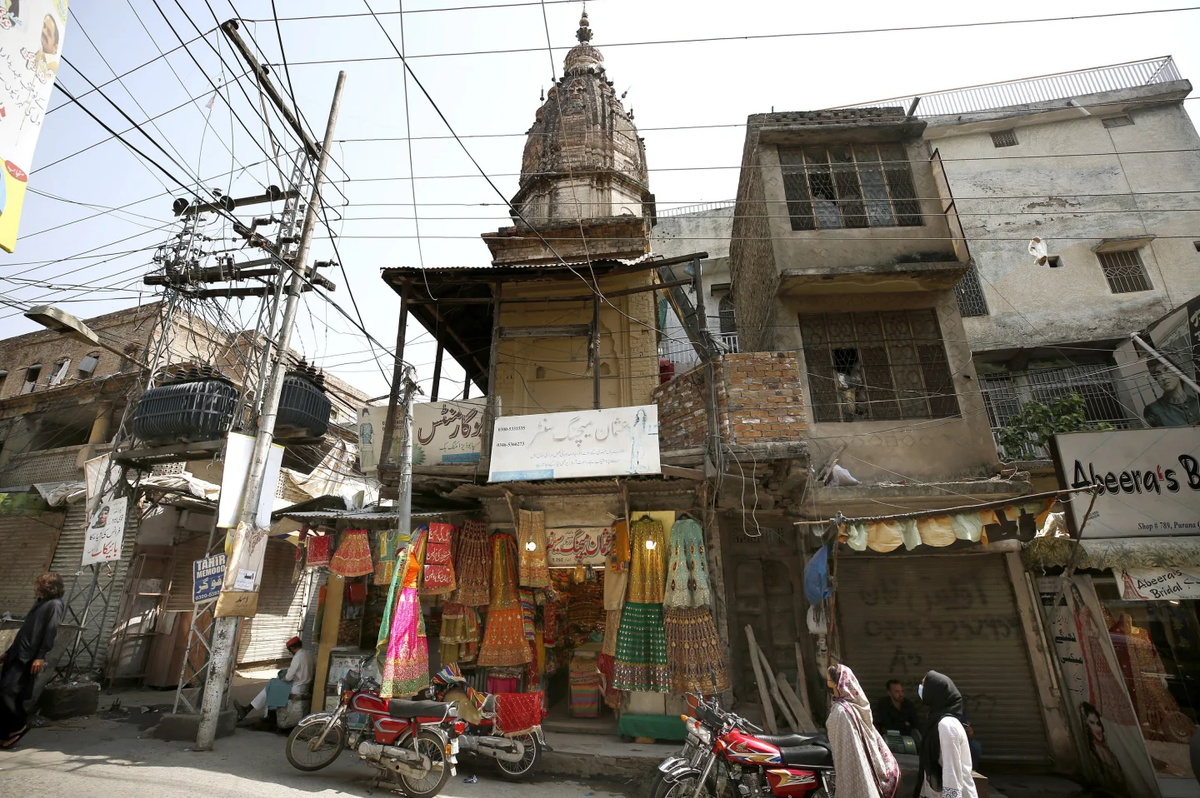
A woman walks post a Hindu temple in Rawalpindi.
Courtesy: AP
By: Huzaifa Rathore
Once a vibrant center of Hindu worship, Rawalpindi today bears only faint traces of its pre-partition religious diversity. Of the many temples that once dotted the city, only a handful remain active, while others have been repurposed, neglected, or lost to time.
State Minister for Religious Affairs and Interfaith Harmony, Kheeal Das, told Nukta that of the 18 temples maintained by the Evacuee Trust Board, only some continue to serve religious communities. “Many temples no longer have active congregations. As a result, several of these sacred sites have been converted into schools or other institutions,” he said.
Temples of Rawalpindi: From worship to heritage
Kalyan Das Temple – Kohati Bazaar
Built in 1880 by Rai Bahadur Kalyan Das, the temple once resonated with prayers and rituals. Today, it serves as a school for visually impaired children, yet its intricate carvings and artwork still reflect its former grandeur.
Raghunath Temple Complex – Bagh Sardaran
This historic complex, which includes three Hindu temples and two Sikh gurdwaras, is currently closed to the public but remains a poignant landmark of Rawalpindi’s religious and cultural heritage.
Mahadev Temple – Sarafa Bazaar
Once a hub of devotion, the Mahadev Temple now lies largely forgotten. Its lower structure has been converted into a cloth shop, while only the top tomb preserves the site’s spiritual past.
Valmiki Mandir – Lalkurti Bazaar
Situated in the bustling Lalkurti area, which was predominantly populated by British soldiers before partition, the Valmiki Mandir served as a gathering place for Hindus. Today, it stands neglected, a shadow of its former self.
Challenges to preservation
The decline of Rawalpindi’s temples reflects a combination of neglect, disputes, and occasional conflicts. In 2021, a century-old temple in Purana Qila was vandalized during renovation. In 2017, the historic Singh Sabha Gurdwara became embroiled in a legal dispute after part of its premises was used for mosque construction. Earlier, in 2010, an 87-year-old temple on Tipu Road was partially demolished after being leased to a private individual, sparking protests from the Hindu community and local residents.
“These incidents show how Rawalpindi’s once-vibrant religious landmarks have been pushed toward obscurity,” said Kheeal Das.
Efforts for restoration and preservation
Kheeal Das highlighted ongoing initiatives to protect these sites. “Apart from temples converted into schools or institutions, many more deserve attention. Under the leadership of Prime Minister Shahbaz Sharif and Chief Minister Maryam Nawaz Sharif, I am committed to restoring these sacred places and reopening them for their communities,” he said.
He emphasized that even where communities no longer exist, these sites should be preserved as historical and cultural landmarks. Surveys are underway to identify minority religious sites across Pakistan and assess which are illegally occupied. “We have already restored several sites in Islamabad and Punjab and will continue this work. It is our duty to safeguard our cultural heritage,” he added.
Despite decades of neglect and challenges, Rawalpindi’s temples remain vital reminders of the city’s shared cultural and religious history, echoing a legacy that continues to resonate today.



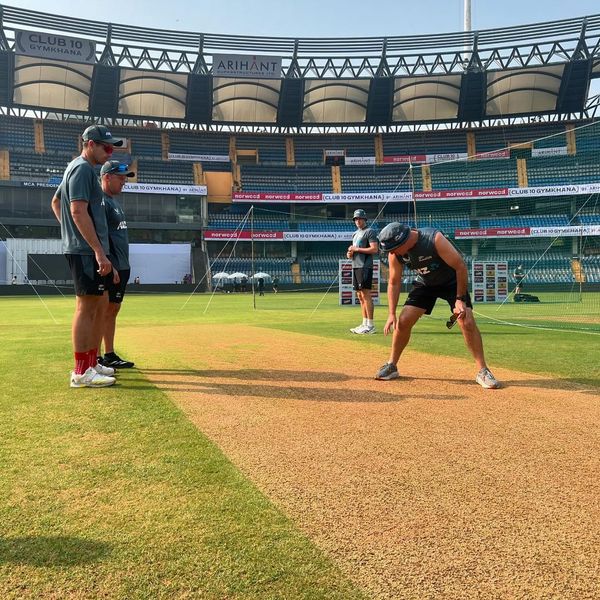
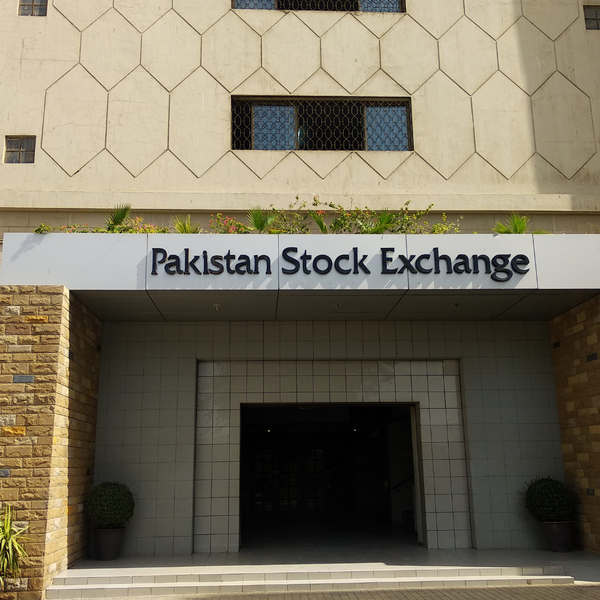
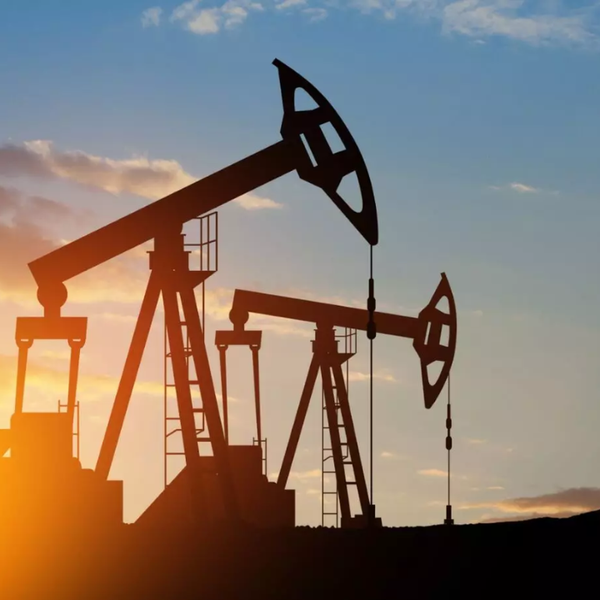
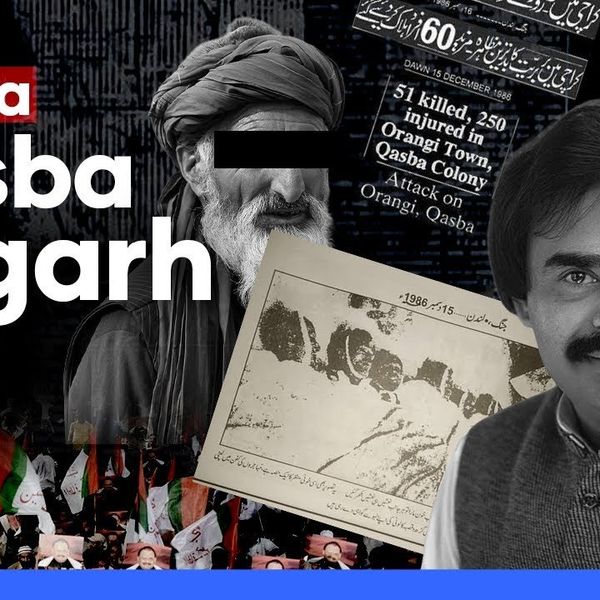



Comments
See what people are discussing